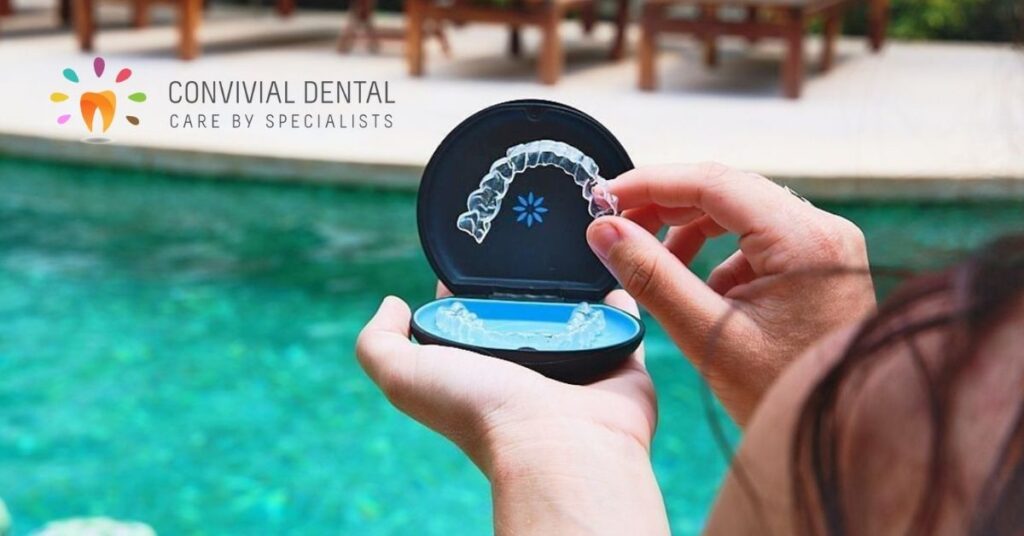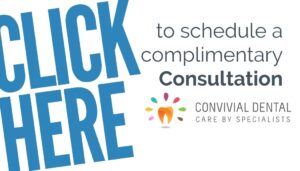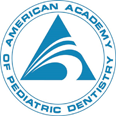The Top Reasons Why You Should Only Seek Invisalign Treatment with an Orthodontist
September 1st, 2021
It seems that there are many options for straightening teeth these days and there’s no question that Invisalign is a front-runner. You can enjoy virtually invisible teeth-straightening while continuing to eat the foods you enjoy, brush and floss your teeth normally for better oral health and minimize office visits. The choice is clear!
However, you might wonder why it’s necessary to see an orthodontist for your Invisalign treatment. Here are the top reasons why only an orthodontist should treat you or your teen:
- You only want to do this once. Do it right.
Everyone knows an orthodontist’s goals are straight teeth and a healthy bite. We ensure that the teeth, upper and lower jaws, gums and facial muscles are positioned so that you can bite, chew and speak well. Without taking these components into consideration, problems can arise, such as issues with the jaw joint (TMJ), headaches, excessive wearing or chipping of the teeth, premature tooth loss and gum problems.
- Orthodontists identify the cause of the problem, and then solve it.
You may see crooked or gapped teeth. We see the cause of the problem. Orthodontists use their education, experience and expertise to delve deep to discover the root of the issue and solve it in a way that is healthy and sustainable-- for an attractive smile and a lasting result.
- Orthodontics goes beyond your teeth.
Orthodontists study facial esthetics and understand how tooth movement can change your facial profile, smile line and general appearance. We understand how it relates to the face and future growth changes and take a holistic, comprehensive approach to your treatment so that your overall appearance is considered along with your smile.
- Orthodontists are specialists.
After our dental school education, orthodontists devote an additional 2-3 years to the study of only orthodontics. We practice orthodontics exclusively. We focus our continuing education on orthodontics and see hundreds of patients per month. We are uniquely positioned to use our knowledge and skills to help you get the best possible result.
For more information about how Invisalign can give you the healthy smile you’ve always wanted, or to schedule an appointment with Convivial Dental, please give us a call at our convenient Chestnut Hill office at (617) 735-0800 or book a consultation by clicking here.











